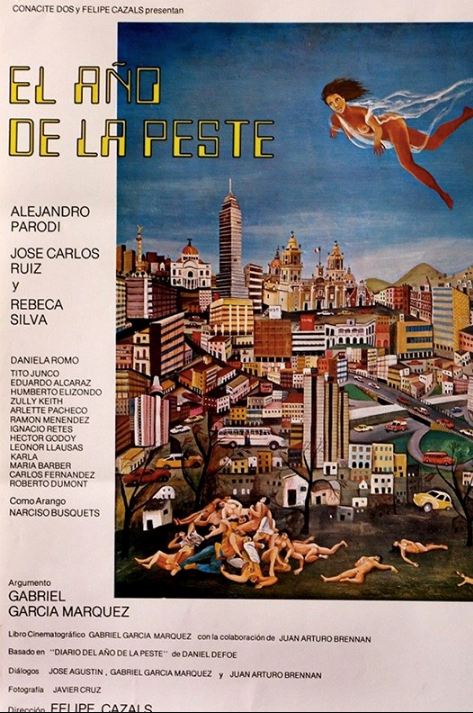COVID-19 Movie? This 70s Mexican Film Is Eerily Close to Today's Reality
While the world is plagued by the deadly coronavirus disease, the last thing you want to do is to watch a movie that's similar to your current situation.
Picture this: In a press conference, a government official downplays the possibility of an encroaching pandemic by telling reporters everything's under control.
Then, in a closed meeting, doctors and health commissioners are expressly told that what's of utmost importance is avoiding a sense of panic in the public even in the face of what'll likely become a health crisis.
On television, the anchor warns viewers to not heed the paranoid rantings of subversive anti-government spokesmen who claim there's a virus affecting a large swath of the population.
These scenes may seem to reflect the COVID-19 crisis we are facing today but did you know these are scenes belonging to a Mexican feature film from 1979?
Sure, there are a plethora of films about global epidemics like Contagion, Outbreak, and The Flu but what sets Felipe Cazals' El año de la peste (The Year of the Plague) apart from the others is that it doesn't just feel eerily timely but it also focuses more on the disenfranchised communities most affected by a mysterious lung disease.
According to a recent article, the film is adapted from Daniel Defoe's A Journal of the Plague Year while the screenplay is co-written by Nobel Prize for Literature recipient Gabriel García Márquez (with Juan Arturo Brennan).

El año de la peste begins with a man collapsing with a coughing fit on a public transport. Soon, you can witness a response team that suggests they are dealing with a "plague."
Each scene is a strikingly familiar narrative. The virus begins to spread in the outskirts of the city, while a state-sanctioned TV newscast openly shares misleading statistics as it buries footage of protests caused by the stress brought by seeing hazmat-suit wearing men.
Meanwhile, the upper class makes sure their families are safely escorted abroad as they keep their own facilities to themselves, even the hospitals they own.
While a health worker outlines what precautions the public should be observing like avoiding crowds and self-isolation, he is cut off by a government official who tells him that what he's outlining is "worse than the plague" he's describing.
It seems the pandemic is only a background in the movie and the real conflict revolves around the social disparities and incompetent bureaucracy: the rich and powerful can continue to thrive while the homeless, the poor and the disenfranchised suffer any and all consequences of what could have been a preventable health crisis.
You won't find many scenes at hospitals tracking how the disease actually affects everyday people and mere numbers are displayed in televised graphs. As film and TV editor Manuel Betancourt calls it, "This is a movie about what a lack of empathy can look like, both at the level of its plot as well as its form."
Even the ending leaves viewers with a discomforting unease. From the words of one character, "As long as the political bureaucracy manipulates institutions as their own plaything for the benefit of the ruling class to which they belong, this country will continue to be screwed."
The Year of the Plague may be a sci-fi movie set in the 1970s Mexico but if you dare watch it now, prepare to see a prophecy unfolding.
Subscribe to Latin Post!
Sign up for our free newsletter for the Latest coverage!
© 2025 Latin Post. All rights reserved. Do not reproduce without permission.















